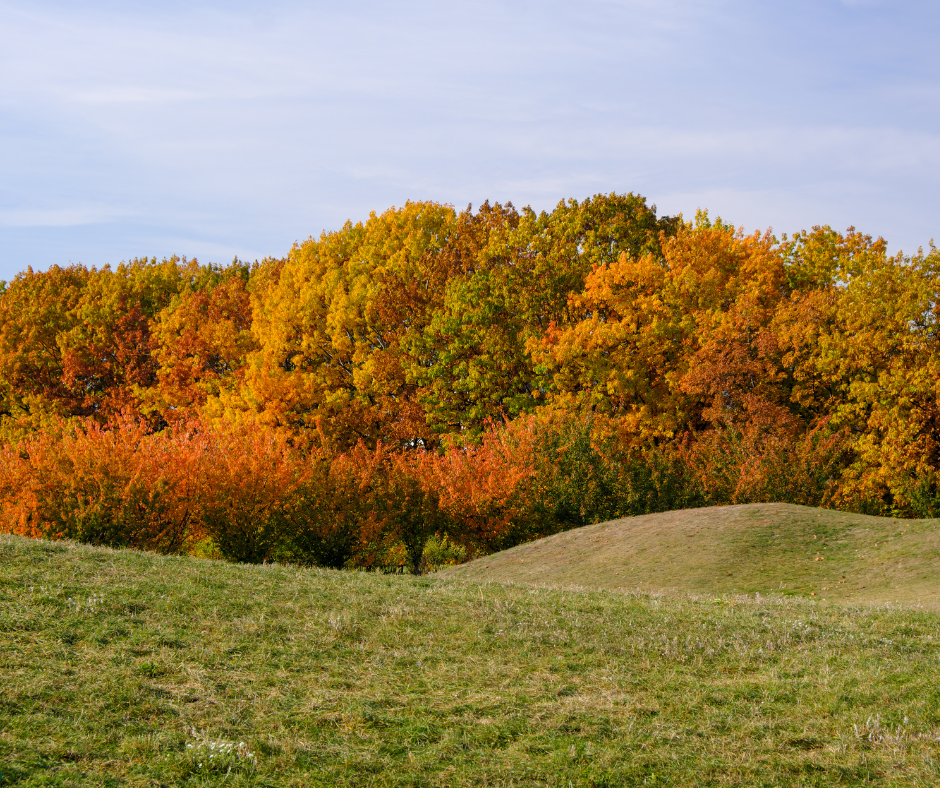If you're trying to manage your outdoor landscape, irrigation is a critical element to consider. Unfortunately, plenty of myths surround this topic, which can lead to unnecessary water consumption and inflated costs. Let's debunk the five most common misconceptions about irrigation systems.
Myth #1: All Irrigation Systems Waste Water
The Reality of Modern Irrigation Systems
Professional landscape solutions have come a long way in recent years. Modern irrigation systems are designed with water conservation in mind. Utilizing technologies like smart timers and rain sensors, they can effectively manage water usage and significantly cut down landscape maintenance cost.
Role of Commercial Landscape Designers
Commercial landscape designers integrate water-efficient front yard landscape designs into their plans. These skilled professionals can help you choose the most efficient irrigation system for your specific property, further debunking the myth that all irrigation systems waste water.
Myth #2: Drip Irrigation is Always the Best Option
Where and When to Use Drip Irrigation
Drip irrigation is excellent for specific situations like garden beds, plantings, and front of house landscape design. However, it's not a one-size-fits-all solution. Drip irrigation might not be the best form of irrigation for larger areas like park landscape design or extensive lawns.
Irrigation System Variety for Different Requirements
Renowned landscape design contractors offer an array of irrigation options suitable for various landscape management services. So, while drip irrigation is an effective method, it would be a misconception to label it as the only or best option across the board.
Myth #3: Manual Watering is Cheaper than Irrigation
The Cost Aspect in Manual Watering
While it's true that initial installation costs for irrigation systems may be higher than manual watering methods, it's essential to view this as an investment. In the long run, a well-designed irrigation system can save you significant time, water, and money, effectively reducing the total landscape maintenance cost over time.
The Efficiency of Automated Systems
What is landscape maintenance if not a commitment to preserving beauty and functionality? Automated irrigation systems can sense environmental conditions and adjust accordingly, which manual watering simply cannot replicate. Investing in a professionally designed and installed irrigation system can save substantially on water bills in the long run.
In summary:
- Not all irrigation systems waste water.
- Drip irrigation isn't suitable for all situations.
- Automated systems can be more cost-effective than manual watering over time.
An understanding of these myths is key to getting the most out of your landscape management services. To maximize value, consider a consultation with landscape design contractors who can provide tailored, cost-effective solutions.
Contact us to learn more.

.png)



